.jpg)
What Is a Multi-Tier Supply Chain and Why Does It Matter?
A multi-tier supply chain refers to a network of suppliers and distribution partners at various levels, from raw material suppliers (tier 2, tier 3) to primary manufacturers (tier 1), and ultimately to customers. Effectively managing a multi-tier supply chain requires the ability to monitor and coordinate the operations of multiple partners, ensuring connectivity and rapid responsiveness to changes.
Currently, businesses face numerous challenges such as geopolitical instability, natural disasters, and shifts in trade policies. Understanding and managing multi-tier supply chains help minimize risks, optimize costs, and enhance resilience.
How to Optimize a Multi-Tier Supply Chain?
Enhancing Visibility
Comprehensive visibility throughout the supply chain enables early risk detection and timely decision-making. According to Inbound Logistics, data sharing among partners in the supply chain helps uncover potential issues before they escalate. Technologies such as private trading networks enable secure information sharing while protecting sensitive data.
Diversifying Supply Sources and Nearshoring
To mitigate risks from geopolitical events and supply chain disruptions, many companies are turning to diversified sourcing and nearshoring. Inbound Logistics predicts that nearshoring will continue to rise sharply in 2024, especially in regions like Mexico and Eastern Europe.
Applying Artificial Intelligence and Machine Learning
AI and machine learning are being used to forecast demand, optimize inventory, and detect early risks in the supply chain. A recent study showed that machine learning models like Random Forest and Gradient Boosting Machine can accurately predict product availability dates, helping businesses reduce inventory and shipping costs.
Which Tools Support Multi-Tier Supply Chain Optimization?
Transportation Management Systems (TMS) and Warehouse Management Systems (WMS)
TMS and WMS help businesses plan, execute, and monitor transportation and warehouse activities efficiently. They offer real-time visibility and data-driven decision support.
Multi-Echelon Inventory Optimization (MEIO)
MEIO allows companies to determine optimal inventory levels at each supply chain tier, thereby reducing costs and improving customer service levels. For example, Belcorp implemented MEIO to automatically calculate optimal inventory levels at each point in the supply chain, improving planning accuracy and performance.
Collaborative Planning, Forecasting, and Replenishment (CPFR)
CPFR is a method for planning, forecasting, and restocking based on collaboration among supply chain partners. Close coordination and information sharing help reduce risks and improve operational efficiency.
How Did Belcorp Optimize Its Multi-Tier Supply Chain?
Belcorp, a Latin American cosmetics company, faced challenges in managing a complex supply chain with over 2,000 product SKUs and 18 marketing campaigns annually. To address this, Belcorp partnered with ToolsGroup and implemented the Service Optimizer 99 (SO99+) solution, which includes MEIO. As a result, the company improved service levels, optimized inventory, and automated demand planning processes. Belcorp also plans to roll out a module to optimize shipment sizes based on pricing constraints to further enhance supply chain efficiency.
According to Alan Amling, a professor at the University of Tennessee: Uncertainty is the only certainty in the near future. Businesses need to build supply chains that are agile and resilient to cope with unforeseen disruptions."
.jpg)
What Should Businesses Do to Adapt?
To adapt to a volatile business environment, companies should invest in technology to enhance visibility and data analytics in the supply chain; establish strong collaborative relationships with partners and ensure transparent information sharing; implement advanced planning and forecasting models such as MEIO and CPFR; and continuously assess and refine supply chain strategies to align with changing business conditions. Optimizing a multi-tier supply chain not only helps reduce risks and costs but also enhances a company’s competitiveness in an increasingly uncertain world.


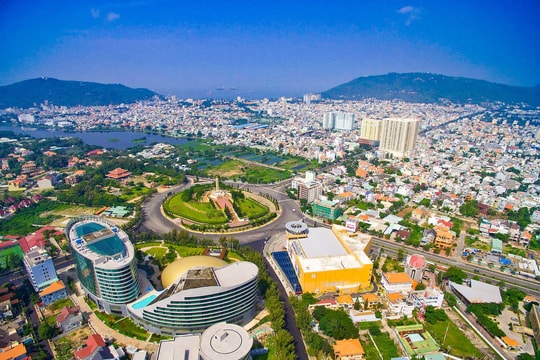

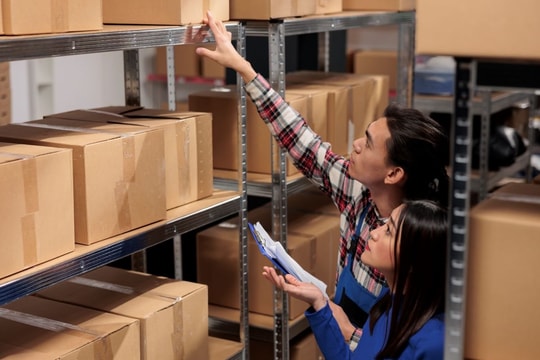

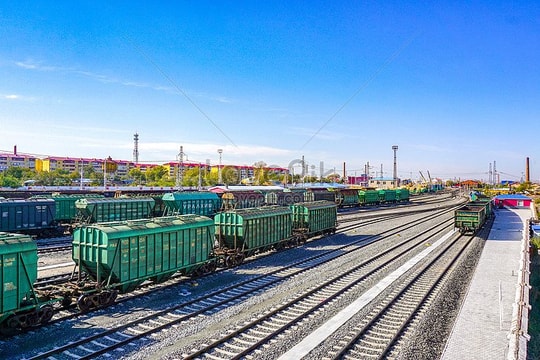
.png)
.png)
.png)
.png)

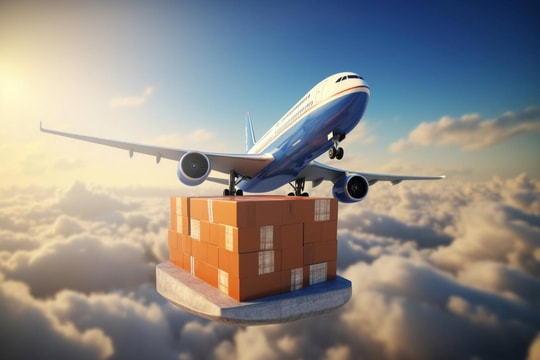
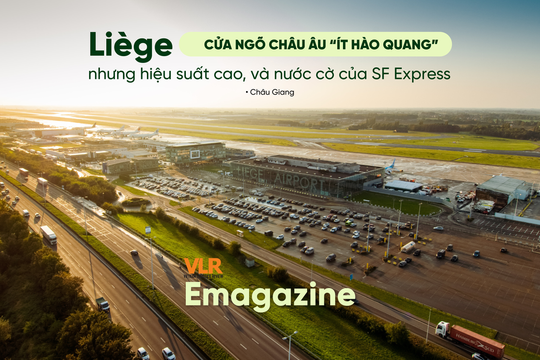
.png)
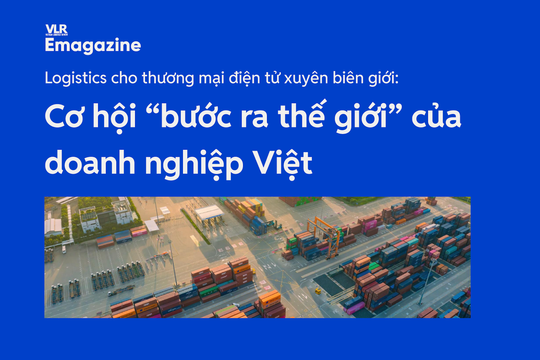
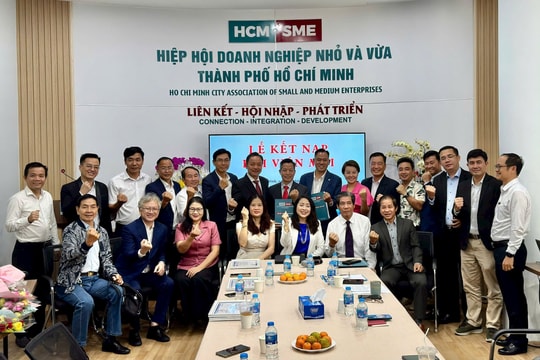
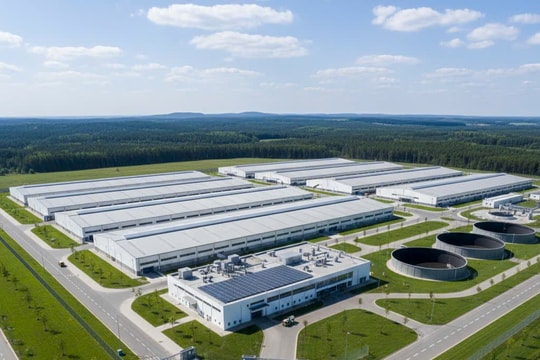
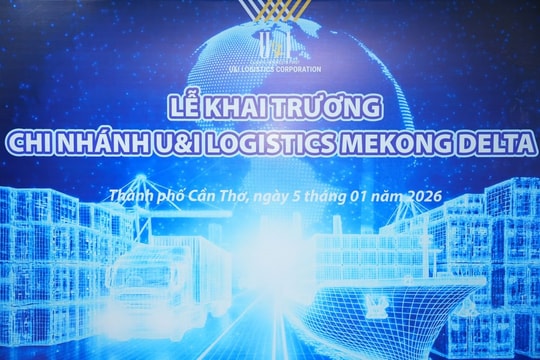


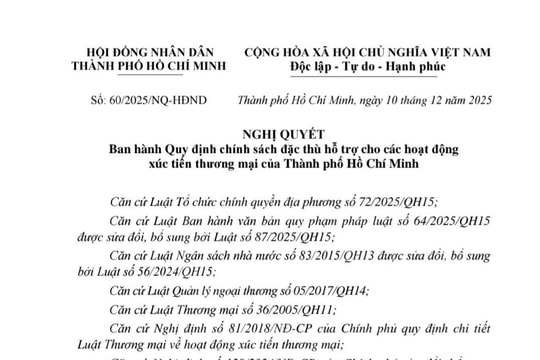
.png)